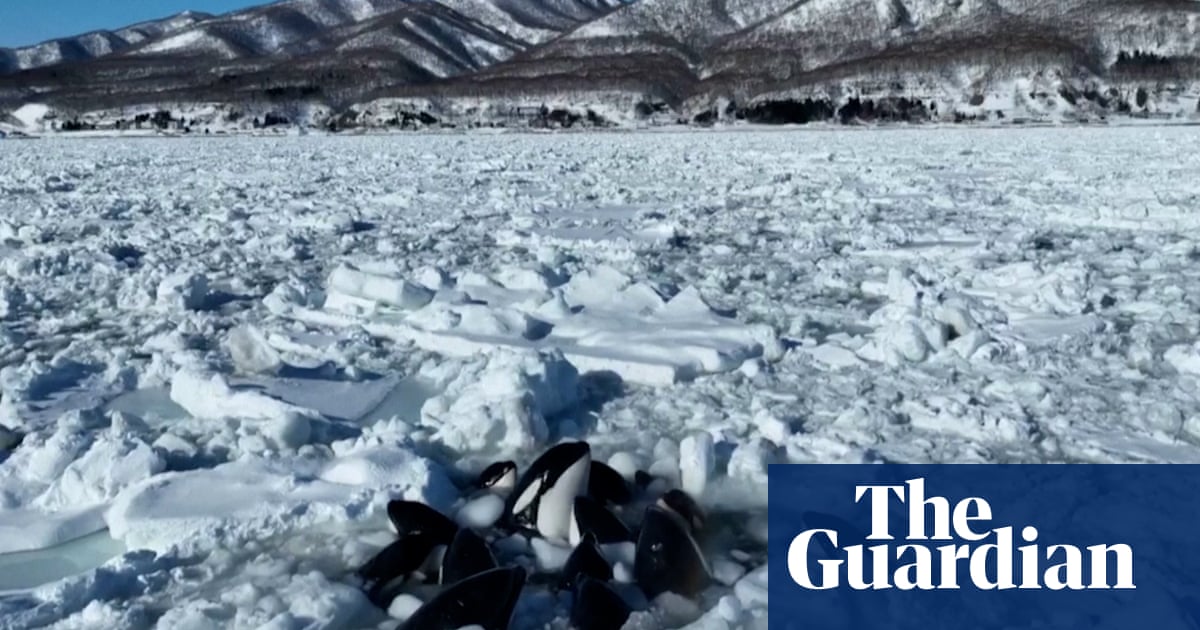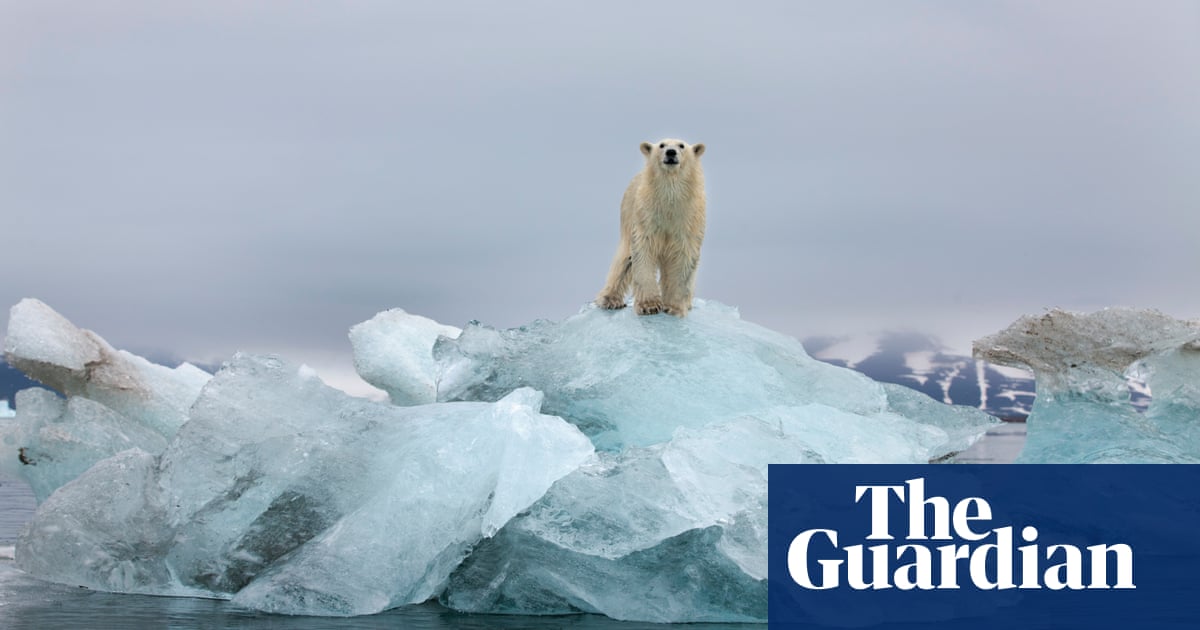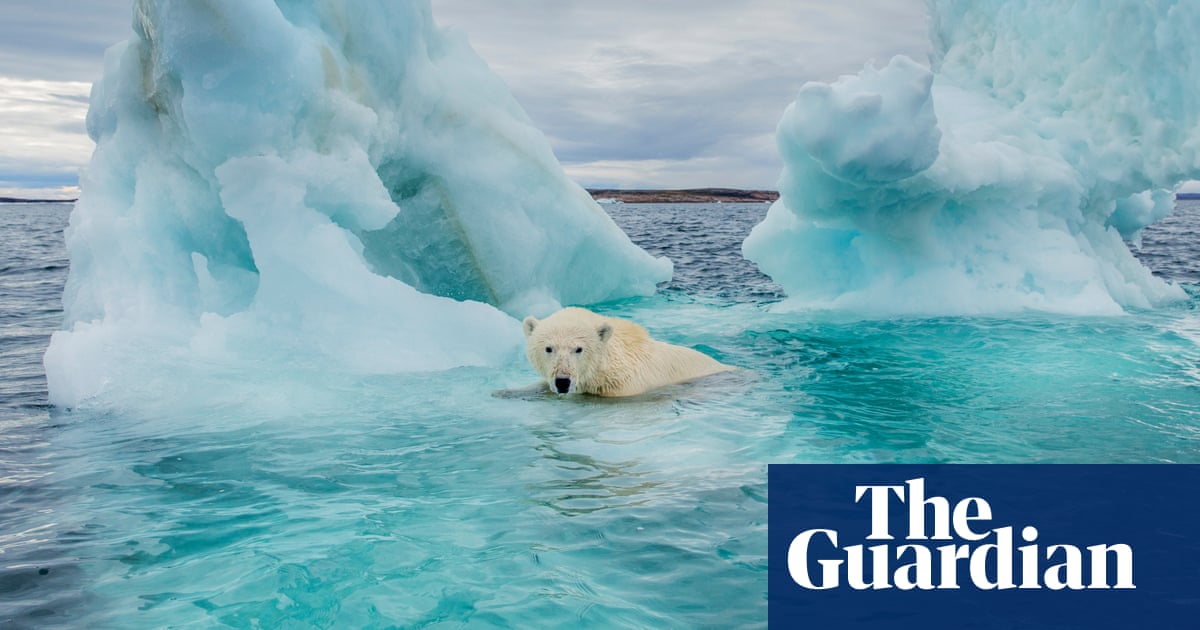
As the ice melts at pace in the Arctic, the mining and shipping industry has carved itself an opportunity out of the crisis. Meanwhile, the marine ecosystem is left to coping with the heat, noise, pollution and the cascade of other changes that come with the upheaval of the environment.
Now researchers have found a whale species that typically migrates away from solid sea ice each autumn and returns every summer to feast on tiny crustaceans did not make the 6,000km (3,700-mile) roundtrip in 2018-2019.
Bowhead whales are one of the few species that reside almost exclusively in Arctic and subarctic waters, thriving within a narrow temperature preference window, generally between −0.5C (32.9F) and 2C. There are now four different stocks of these whales swimming along in the Arctic — one of the biggest stocks migrate annually from the northern Bering Sea, through the Chukchi Sea in the spring, to the Beaufort Sea where they spend much of the summer before returning again to the Bering Sea in the autumn to weather out the winter.
Using data extracted from underwater tape recorders, researchers in Canada concluded that this whale population did not make their annual journey in 2018-2019, they wrote in the journal Royal Society Open Science. Lead author Dr Stephen Insley from Wildlife Conservation Society Canada said it was unclear whether this change was an aberration or the beginning of a new way of life.
The researchers have suggested a plethora of potential factors that could explain what occurred. As water temperatures rise, the proliferation of predators such as killer whales (orcas) could have influenced the bowheads to stay put over winter.
One potential factor is that given bowhead blubber can be up to half a meter thick, extra warmth could put the whales at risk of overheating. It could also be that there was an abundance of food such as plankton driven by higher temperatures – and so the whales may have elected to save their energy and bulk up by forgoing the travel.
If there is absolutely solid ice during the winter, the bowheads would be forced to migrate. They have a huge, thick skull that helps them push through ice up to a meter thick – so they can break even heavy ice, but it needs to be open enough for them to get through cracks to come up to breathe, explained Insley.
“It starts with whether or not the ice is open. Then everything else starts playing a role as well, whether the water is too warm, is there enough food, or predators.”
Erich Hoyt, from the UK-based charity Whale and Dolphin Conservation who was not involved in the study, said the research was not entirely surprising. “These changes in whale distribution are often food-related and orcas, as noted, could also be an issue – although the bowheads wouldn’t know to avoid the other areas unless they went there and turned back,” he said.
As the Arctic dramatically warms, it was difficult to parse out all the ways the changing climate was affecting creatures that lived on land, and it was even harder to see what was going on below the ice, added Insley.
“You have a whole oceanscape that was once completely solid now moving to a semi-solid state and then a full liquid state just because of the dynamics of ice. The bottom line is, I think some species will do well … some species will not. And that the question going forward is — which species and how?”












